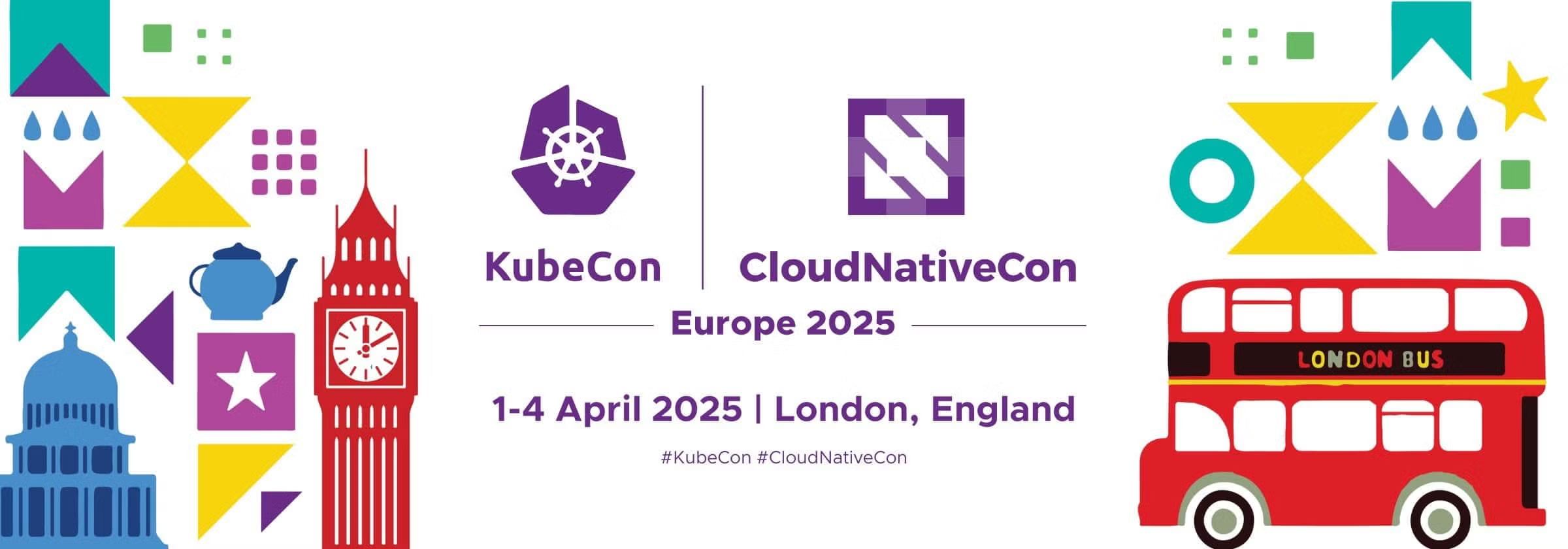What is a Service Level Objective (SLO)?
A Service Level Objective (SLO) is a measurable target that defines the expected reliability, performance, or availability of a service. It is a key component of Service Level Agreements (SLA) and Service Level Indicators (SLI), helping organizations set clear expectations for service quality.
How Does an SLO Work?
SLOs define acceptable performance thresholds for a system or service based on historical data and business needs. The key elements of an SLO include:
- Service Level Indicator (SLI): A quantifiable metric that measures service performance (e.g., uptime, latency, error rate).
- Objective Target: The desired performance goal (e.g., 99.9% uptime).
- Measurement Period: The timeframe for evaluation (e.g., monthly, quarterly).
Examples of SLOs
- Availability SLO: “The API should be available 99.95% of the time over a 30-day period.”
- Latency SLO: “95% of requests should complete within 200ms.”
- Error Rate SLO: “The service should maintain an error rate below 0.1%.”
Why is an SLO Important?
SLOs help teams define, track, and improve service performance. By setting realistic objectives, organizations can align technical efforts with business goals, prioritize reliability improvements, and balance operational costs with customer expectations.
Key Features of an SLO
- Measurable: Based on concrete SLIs to ensure accuracy.
- Realistic: Balances performance and operational costs.
- Customer-Focused: Ensures a high-quality user experience.
- Actionable: Guides teams in maintaining service reliability.
Benefits of an SLO
- Improved Service Reliability: Defines clear performance targets.
- Better Incident Management: Helps teams prioritize issues based on SLO violations.
- Data-Driven Decision Making: Uses SLIs to guide infrastructure and application optimizations.
- Alignment Between Teams: Ensures product, engineering, and operations teams work toward common goals.
Use Cases for SLOs
- Site Reliability Engineering (SRE): Helps SRE teams maintain service reliability and define error budgets.
- Cloud and SaaS Services: Ensures service providers meet performance expectations.
- Microservices and APIs: Sets clear performance targets for distributed systems.
- Customer Support Agreements: Defines measurable performance commitments in SLAs.
Summary
A Service Level Objective (SLO) is a measurable target that defines the expected performance of a service. By setting clear objectives based on Service Level Indicators (SLIs), organizations can optimize reliability, improve incident response, and ensure customer satisfaction in cloud and microservices environments.



